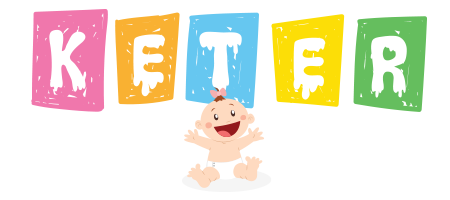
Infant CPR is something you hope you never have to do. But this ER doctor says knowing how can save a life.
Cardiopulmonary Resuscitation (CPR) is a skill that you never hope to use, but CPR saves lives. CPR is performed when someone is unconscious, unresponsive or not breathing.
Infants, however, need CPR for different reasons than adults. While adults usually need CPR after sudden cardiac arrest from a heart attack, infants most often need CPR due to a respiratory issue, which then leads to cardiac arrest. In infants, this is most commonly due to: choking, suffocation, severe asthma, poisoning, near drowning, smoke inhalation, head trauma, electric shock, obstructive apnea or Sudden Infant Death Syndrome (SIDS).
Therefore, it is always warranted to take an infant CPR class, especially when you are planning for the arrival of a baby, or have other little ones at home.
Due to differences in anatomy and physiology, infant CPR protocols differ from those of an adult, and even a child. Performing adult CPR on an infant can actually do more harm, so it is important to understand the significant differences between these three types.
Infants are defined as less than one year of age, a child from one year up to a puberty age (or less than 121 pounds) and an adult thereafter.
“Bystander” CPR (that which is done before Emergency Medical Services or EMS arrive) can improve outcomes by 2-3 times, and infants (and children) typically have higher chances of survival with CPR, if it is begun immediately. Chest compressions alone help push any oxygenated blood to vital organs to keep them alive, and give your baby a higher chance of survival.
There are many ways you can take a class, from in-person to “contactless” online, and there are many protocol variations. Emergency physicians typically refer to the American Heart Association (AHA) guidelines, but the American Red Cross, neighborhood YMCAs and local hospitals may also provide good resources.
The AHA even offers an Infant Anytime CPR kit that comes with a self-directed DVD and mannequin, to learn infant CPR and choking protocols from the comforts of your home.
After taking a course, it is always a good idea to refresh yourself with the steps from time to time. Print out whichever guide you follow and place it in a highly visible place in your home. Take a photo and save it to your favorites on your phone, for quick reference.
Although these guidelines do not supplant a certified CPR course, here are the 5 main steps for INFANT CPR:
1. Check the scene
- Make sure there are no hazards, such as electrical wires or anything that could endanger YOU.
2. Call 911
If the infant is not awake or breathing normally, ask a bystander to call 911.
If you are alone, administer 2 minutes of care, THEN call 911. Infants are generally more resilient and more responsive to compressions, so it is important to start them as soon as possible.
3. Chest Compressions
Note, if the infant is breathing, there is no need for CPR.
Deliver 30 chest compressions with 2 fingers, in the middle of the chest at depth of 1 1/2 inches.
4. Rescue Breaths
If willing and able, provide 2 rescue breaths. Continue compressions.
5. Repeat cycle (30 chest compressions:2 rescue breaths ratio)
- Repeat compressions (and if willing, breaths) cycle until EMS arrives.
